Scientists built a machine learning model that can rapidly predict how atoms absorb x-rays for materials science research.
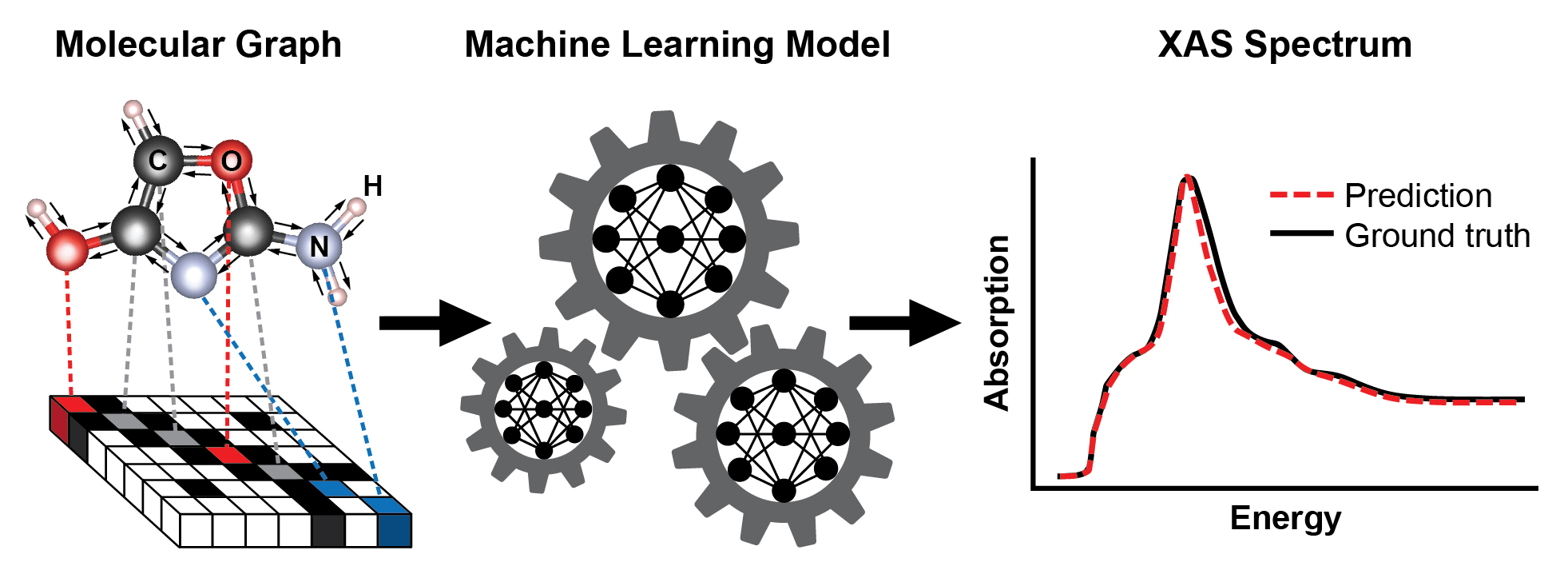
news, journals and articles from all over the world.

Scientists built a machine learning model that can rapidly predict how atoms absorb x-rays for materials science research.
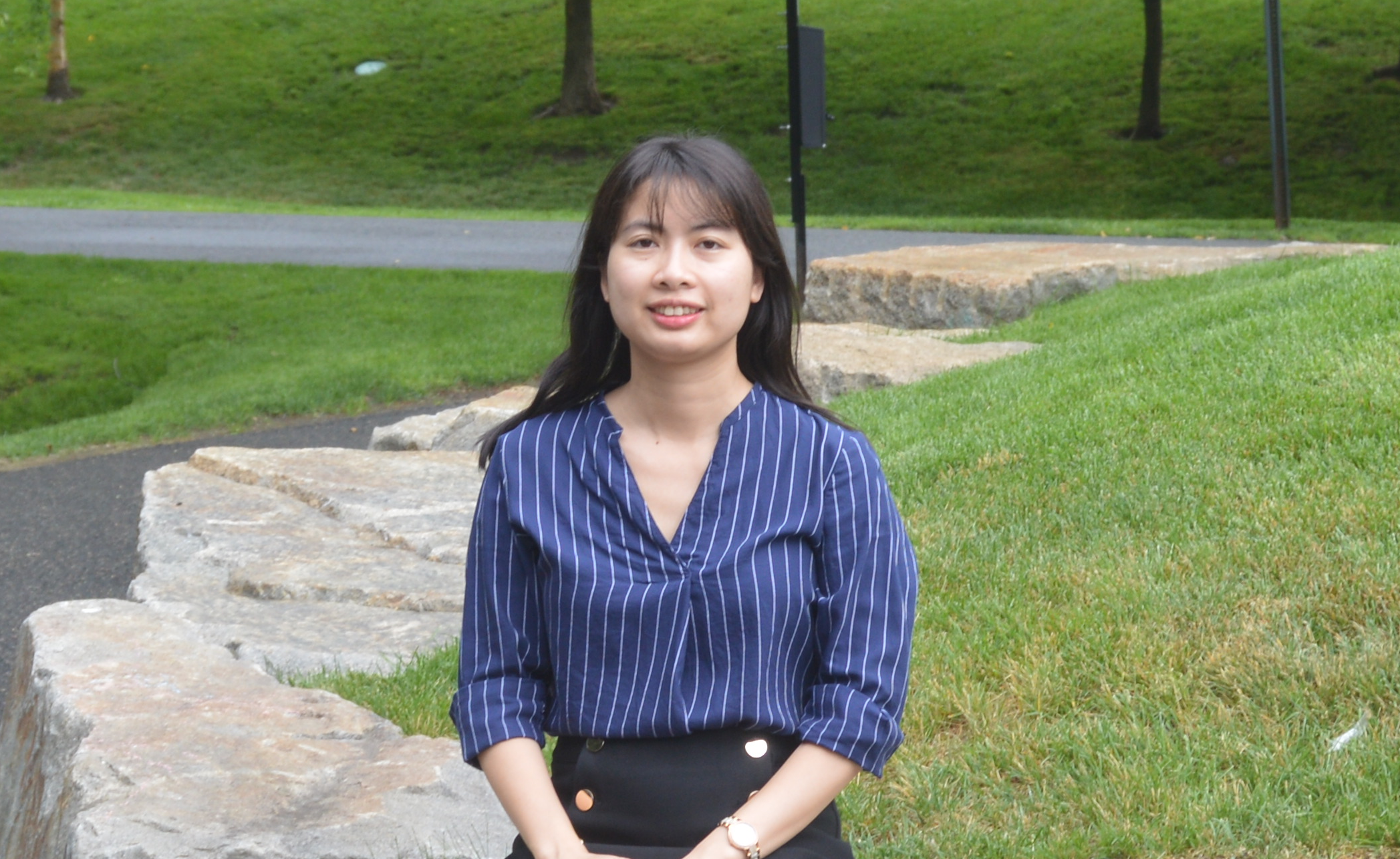
Dien Nguyen (Zee-en Wen) studies some of the smallest units of matter on Earth to learn more about massive objects in space. Now, she’ll be conducting her research as the Nathan Isgur Postdoctoral Fellow in Nuclear Experiment at the Department of Energy’s Thomas Jefferson National Accelerator Facility.

Organisms in phototropic microbial communities survive by exchanging oxygen and carbon dioxide with each other. Using a combination of computational modeling and experiments, researchers found that two different kinds of microorganisms can coexist in either in a cooperative or competitive fashion depending on resource availability, the environment, and the microorganisms’ genetic background.
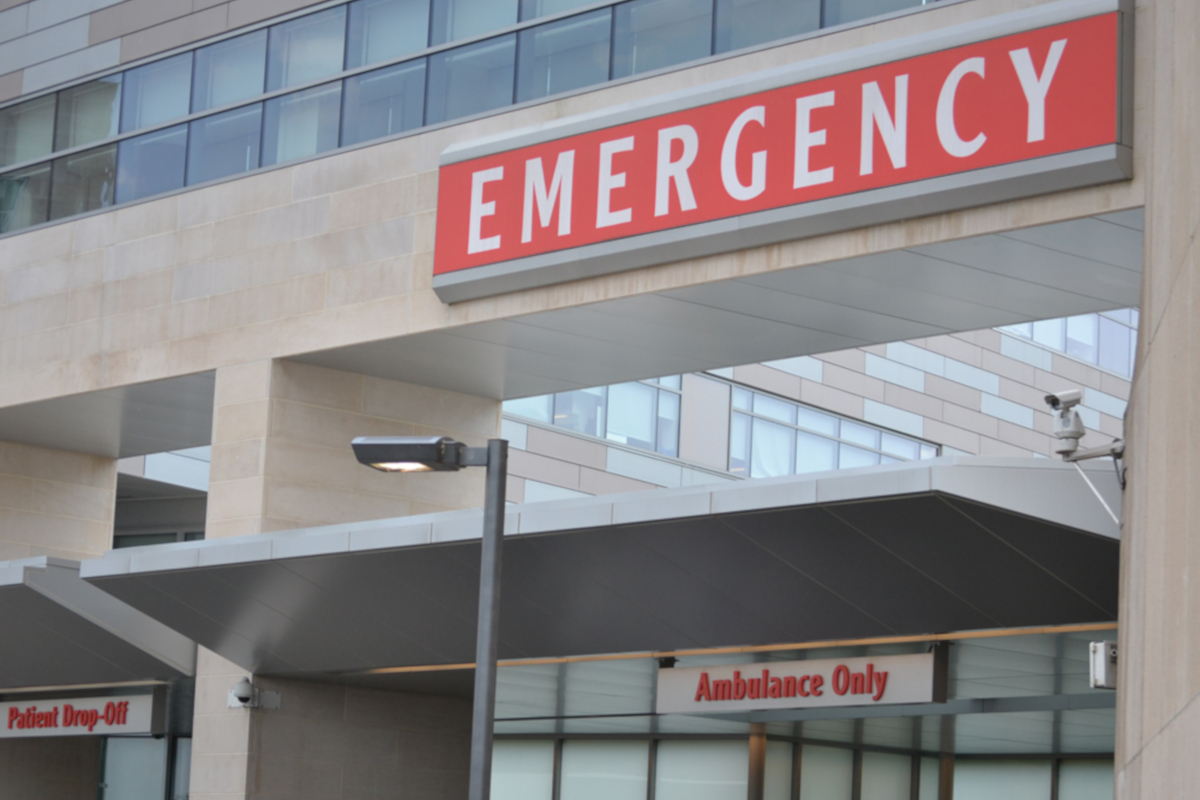
When seeking critical medical care, minutes count — especially when dealing with cases of suspected heart attack or stroke. Yet many patients in need of emergency care have delayed or avoided a trip to the hospital fearing possible infection with COVID-19.
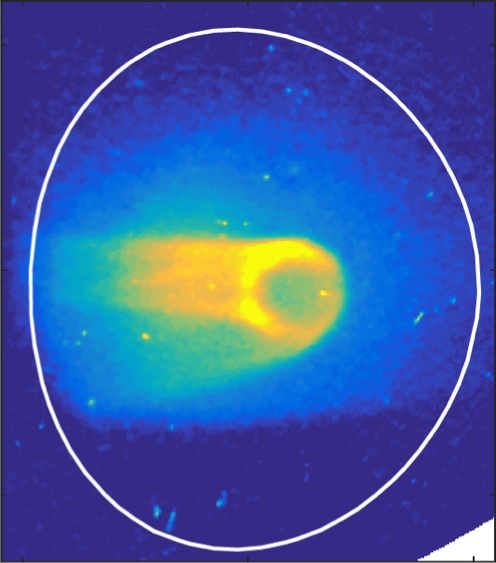
Scientists at the DIII-D National Fusion Facility have for the first time studied the internal structure and stability of high-energy runaway electron (RE) beams in a tokamak. The finding could provide a way to control the damaging potential of RE beams and could contribute to future power production using tokamak fusion power plants.
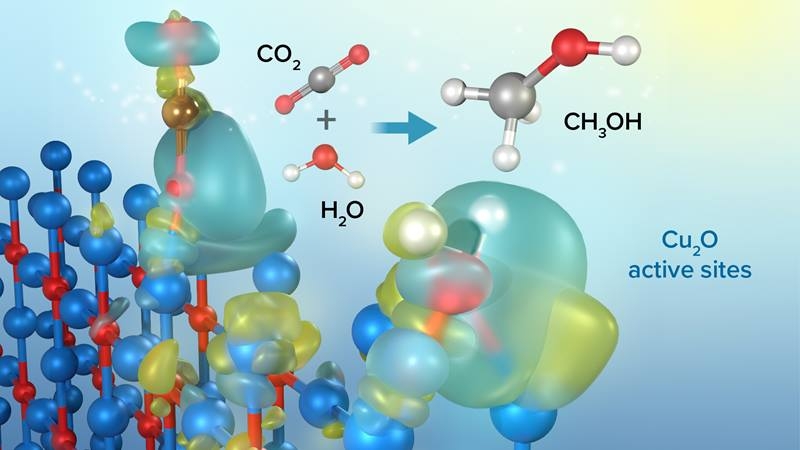
Scientists have revealed the exact structure of a catalyst that transforms carbon dioxide and water into liquid fuel in the presence of light. The researchers studied a specific promising catalyst, Copper(I) oxide. The research is an important step in the design of photocatalysts for the conversion of carbon dioxide into liquid fuels.
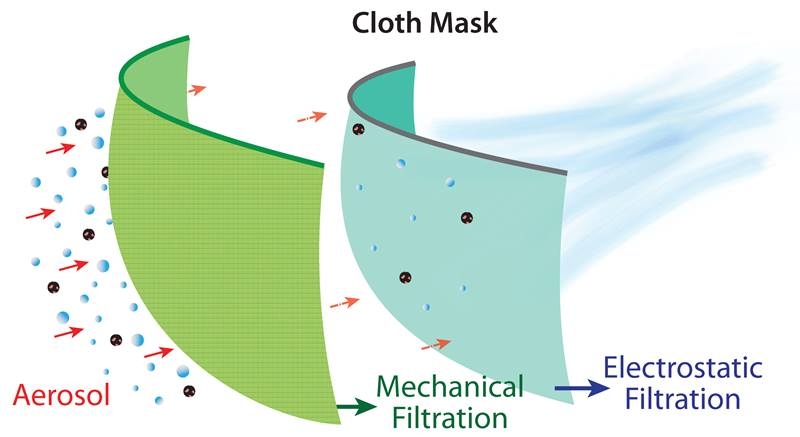
Scientists have completed an important and timely study of cloth masks. The study examined the filtration efficiency of fabrics and focused on aerosol particles in a range of sizes relevant to viral transmission through respiratory exposures. The best-performing masks used hybrid designs that include high thread-count cotton and electrostatic layers such as silk or polyester chiffon.

In the last several decades, more than half of the deaths associated with tropical cyclones in the U.S. were due to inland flooding. Unfortunately, current forecasting capabilities are limited. Researchers are developing a warning system for more accurate and timely detection and forecasting of inland and coastal floods, under a variety of precipitation regimes. The technology will enable local and state governments to more effectively plan and respond to tropical storms.

Insects can be both beneficial and harmful to agricultural land
For 22 years, Douglas Kerkman lived with significant hearing loss in his right ear, the result of a cholesteatoma (a benign, infectious cyst) that significantly damaged his auditory ossicles, or “ear bones,” the three tiny bones in the middle ear. Last fall, Mr. Kerkman received a call from his doctor, Sam J. Marzo, MD, Loyola Medicine otolaryngologist, and dean and professor, Loyola University Chicago Stritch School of Medicine, letting him know about a first-of-its-kind hearing implant system that he believed could restore Mr. Kerkman’s ability to fully hear. Unlike other hearing devices, the Cochlear ™ Osia® 2 System sends sound vibrations directly to the inner ear, or cochlea.
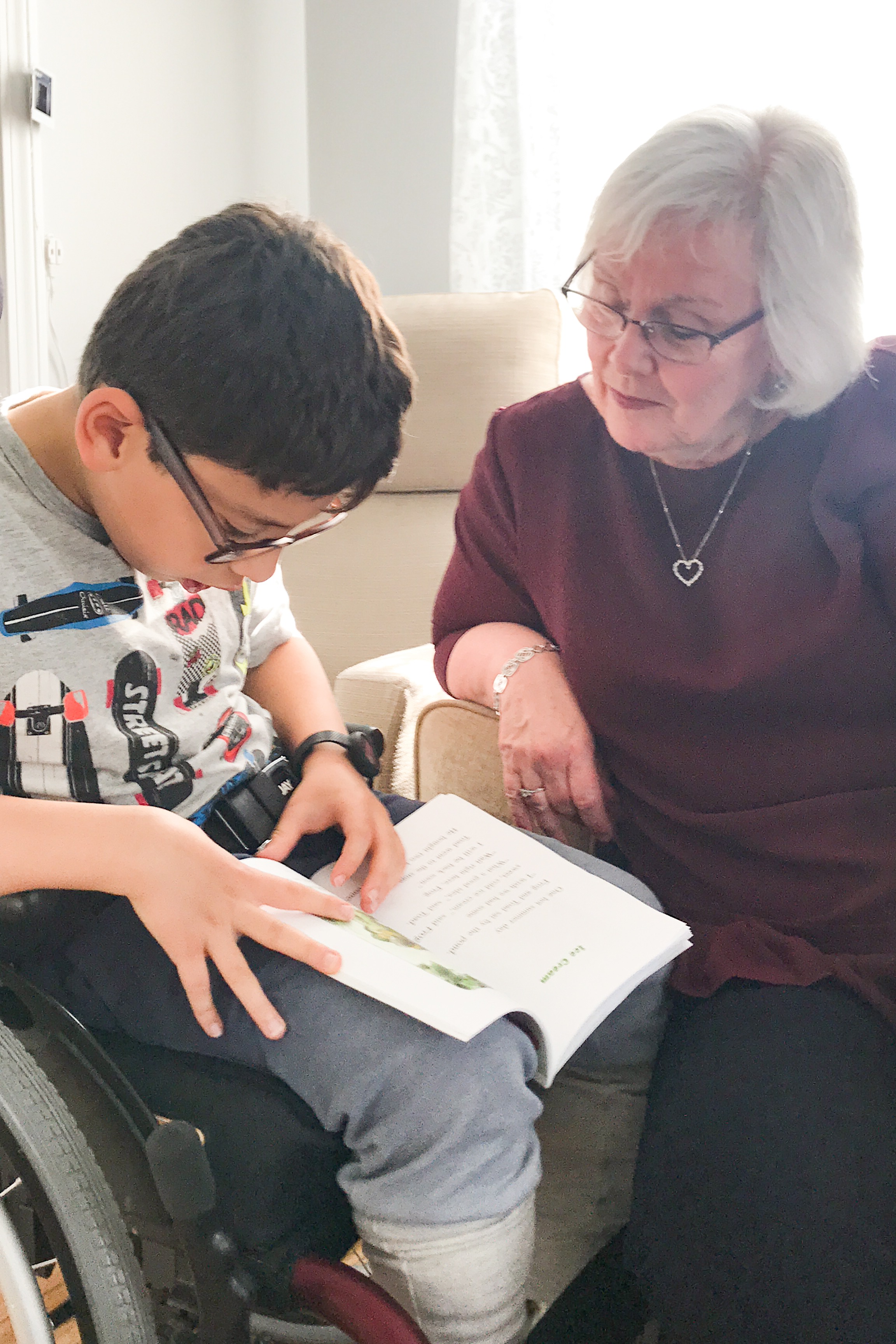
Cerebral (cortical) visual impairment (CVI) is a condition that interferes with the ability of the brain to process information from the eyes, and it has become a leading cause of visual impairment in the U.S.
The University of Nebraska-Lincoln has launched a new digital humanities site to provide access to long-neglected materials relating to people like Jacob Wainwright, a member of the Yao ethnic group in east Africa, who worked with famed explorer David Livingstone.
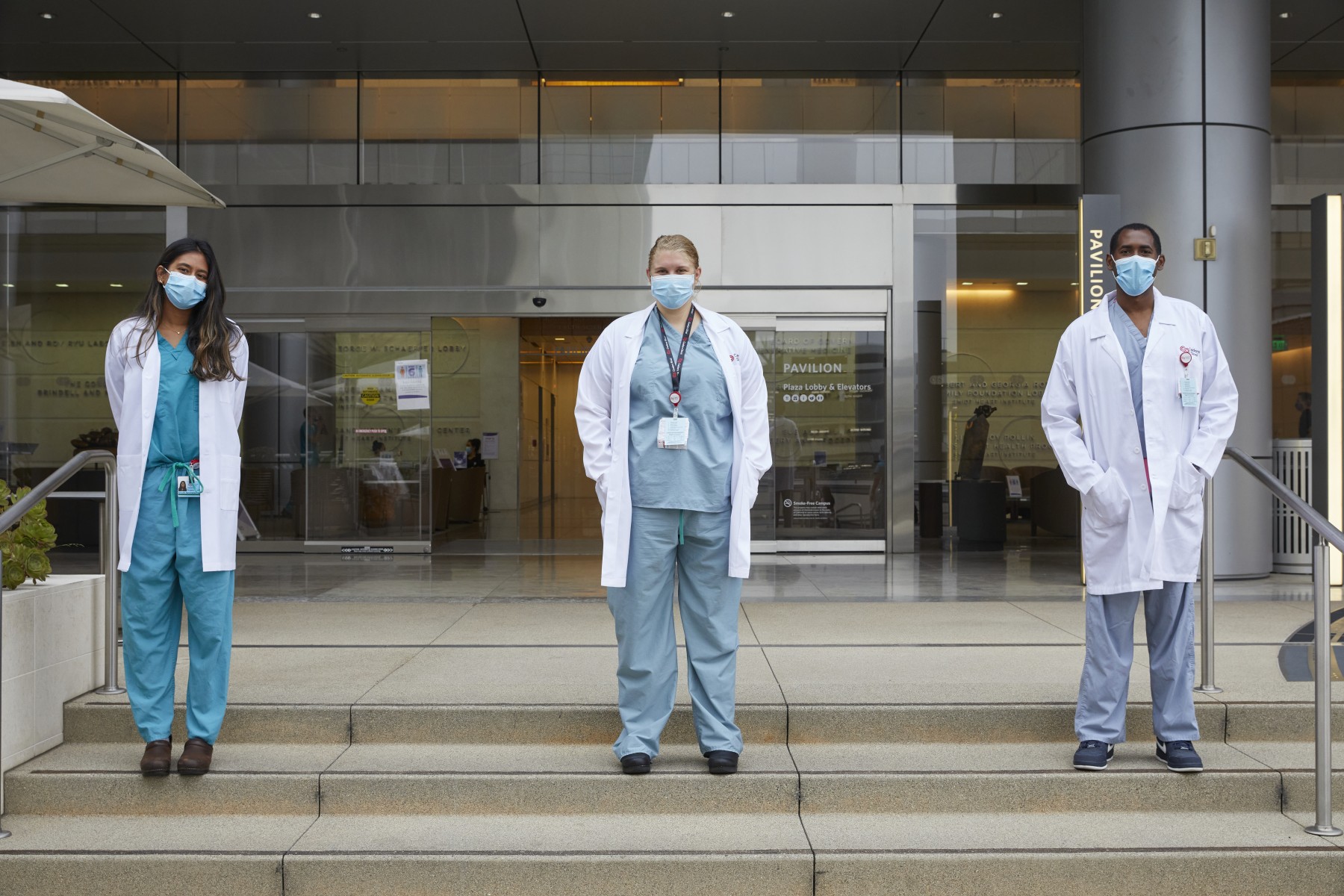
When Maurice Turner, MD, was a young boy, his grandmother would tuck him and his two older brothers into bed. Then she’d whisper into their ears, “I want you to become a doctor.” Turner fulfilled his grandmother’s dream a month ago, receiving his medical degree. Today he is one of the 80 first-year residents at Cedars-Sinai and facing vastly greater challenges than previous classes of residents. Downloadable video is available.
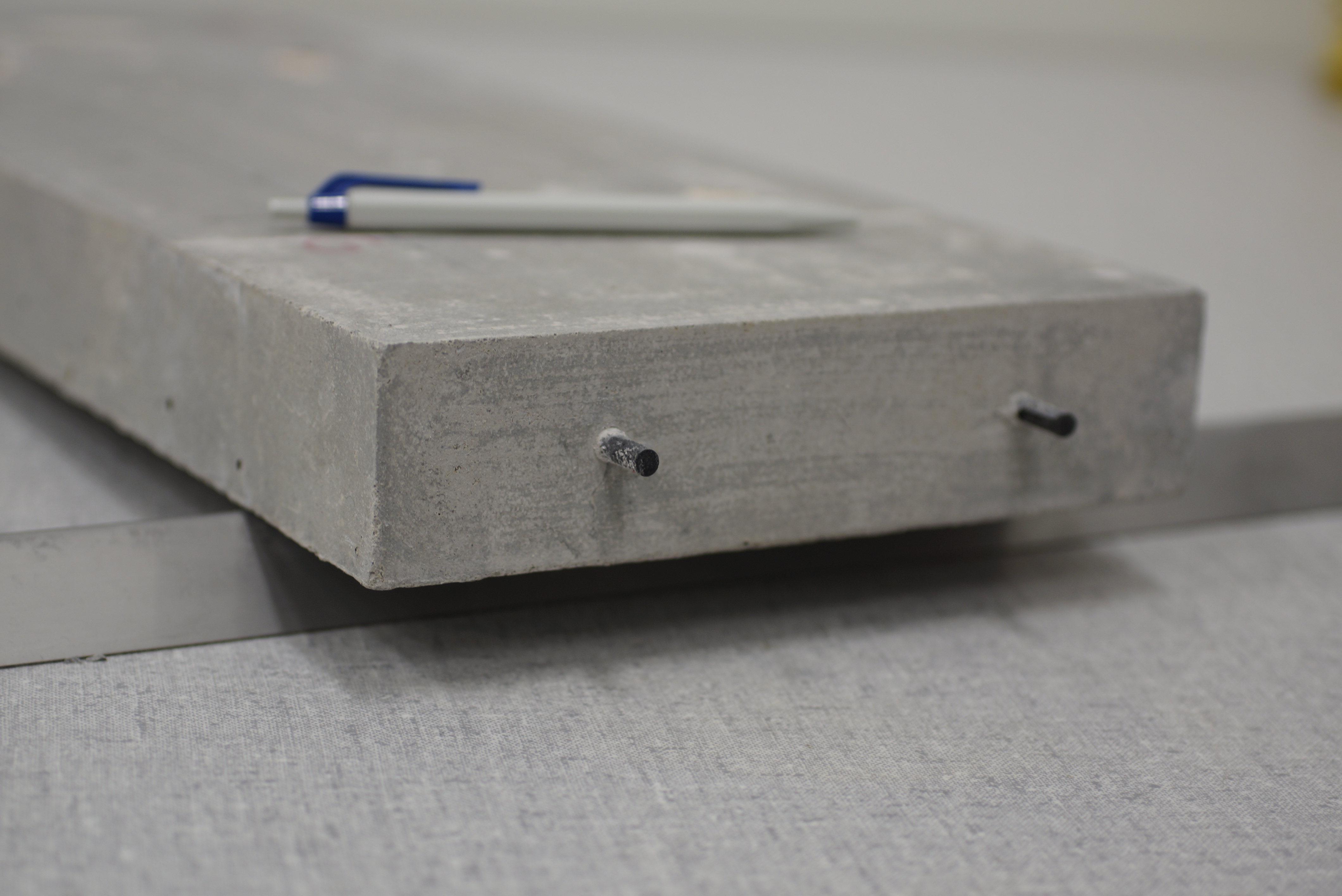
Concrete is by far the most widely used building material in the world – and the trend is rising. Using a new type of concrete formula, an Empa team has succeeded in producing self-prestressed concrete elements. This innovation makes it possible to build lean structures much more cost-effectively – and save material at the same time.
Andrew Gordon Wilson and Jonathan Niles-Weed, assistant professors at NYU’s Center for Data Science and Courant Institute of Mathematical Sciences, outline some principles to keep in mind when evaluating COVID-19-related figures cited in the news.
Diseases of the Colon and Rectum Journal August 2020 Video Abstracts and Editor Picks
Physicians are studying whether vadadustat, an investigational therapy, could protect the lungs of COVID-19 patients by triggering the body’s protective response to low oxygen levels in a randomized Phase II clinical trial at UTHealth.

Researchers at University of California San Diego School of Medicine are recruiting eligible children between the ages of seven and fourteen years for a Phase III clinical trial to determine whether cannabidiol (CBD) reduces severe behavior problems in children with autism spectrum disorder.
Harrisburg University’s varsity Esports Team, The STORM, goes for back-to-back national championships. Despite COVID-19 and practicing apart, team has emerged stronger.
National survey finds appointment delays and cancellations were the greatest cause of concern; waiting for in-person appointments is greatly preferred over telemedicine.
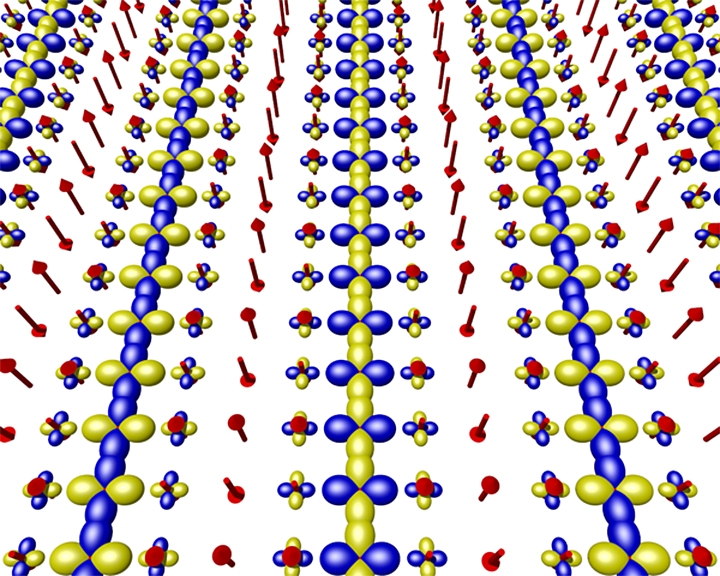
Scientists have confirmed a theoretical prediction for high-temperature superconductors. In a superconductive state, like-charged electrons overcome their repulsion to pair up and flow freely. Different states of matter make superconductivity possible. One of those theorized states of matter is called a pair density wave. The scientists confirmed pair density waves using advanced microscopic imaging techniques.
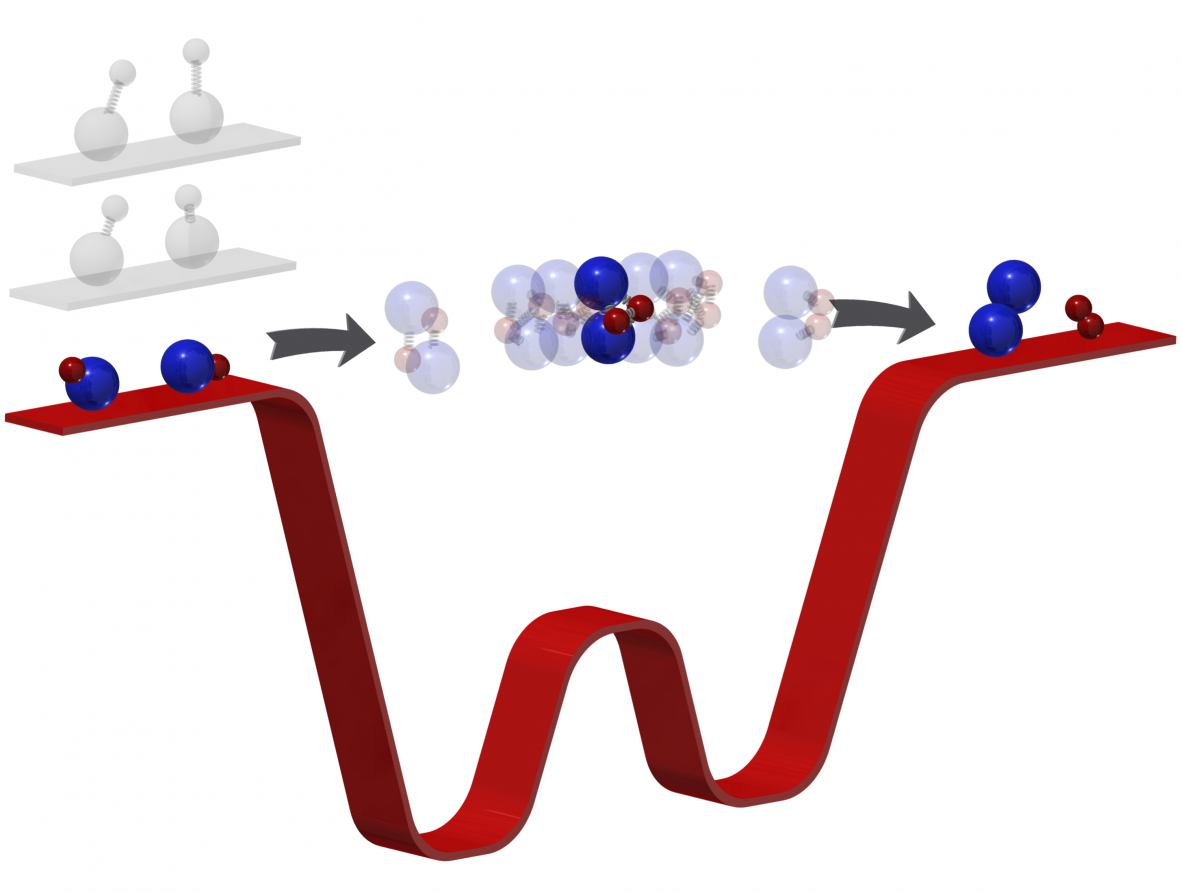
Chemical reactions transform reactants to products through intermediate states. These intermediates are often short-lived, making them hard to study. But by bringing a molecule to a temperature barely above absolute zero, scientists can “trap” the reaction in the intermediate stage for a much longer time. In this study, scientists used photoionization to directly observe a reaction’s reactants and products.
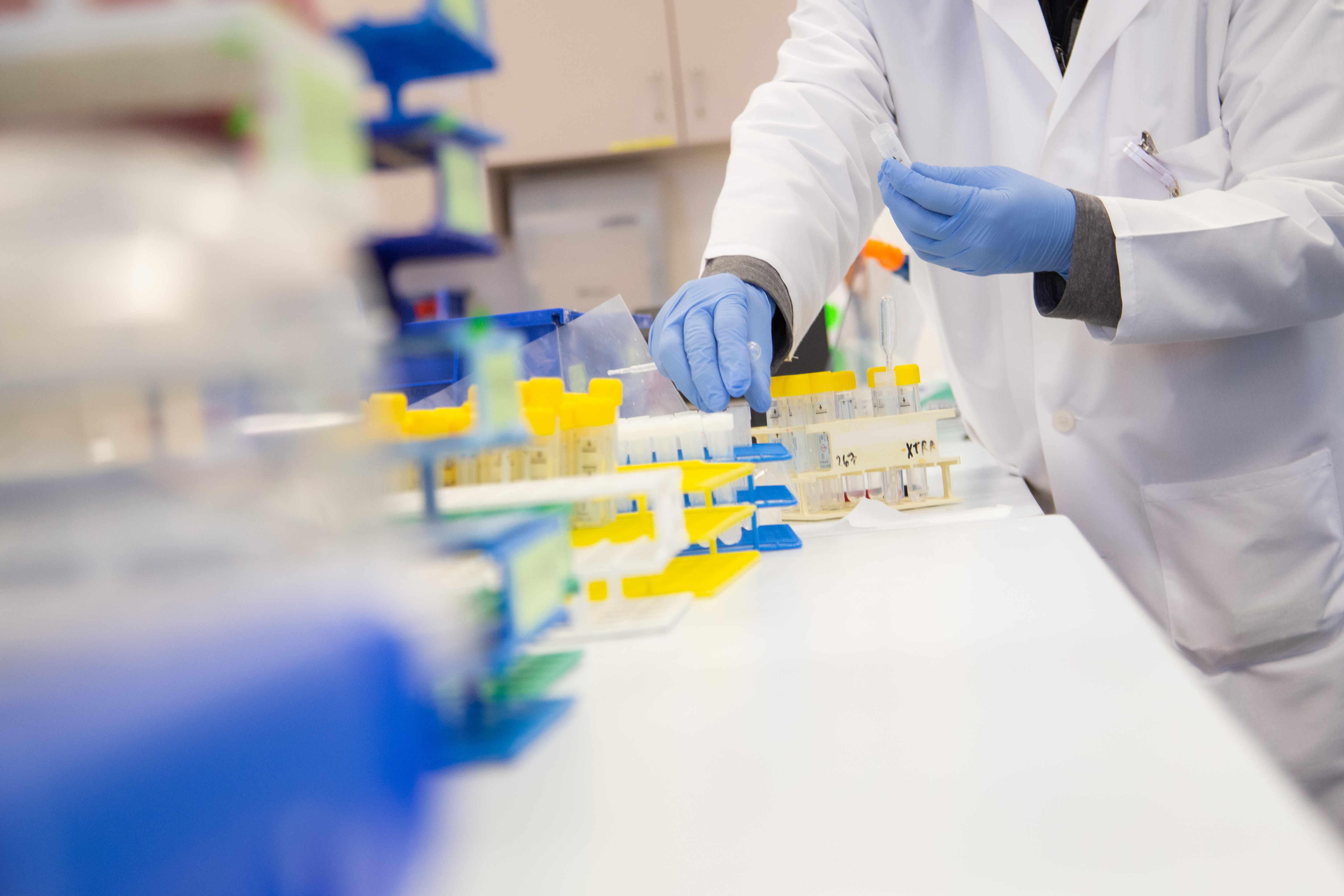
Keck Medicine of USC physicians are enrolling patients as part of an international clinical trial to evaluate the safety and efficacy of an antiviral drug, DAS181, as a possible treatment for hospitalized patients with severe COVID-19.
Third annual conference transitions to virtual format for the first time
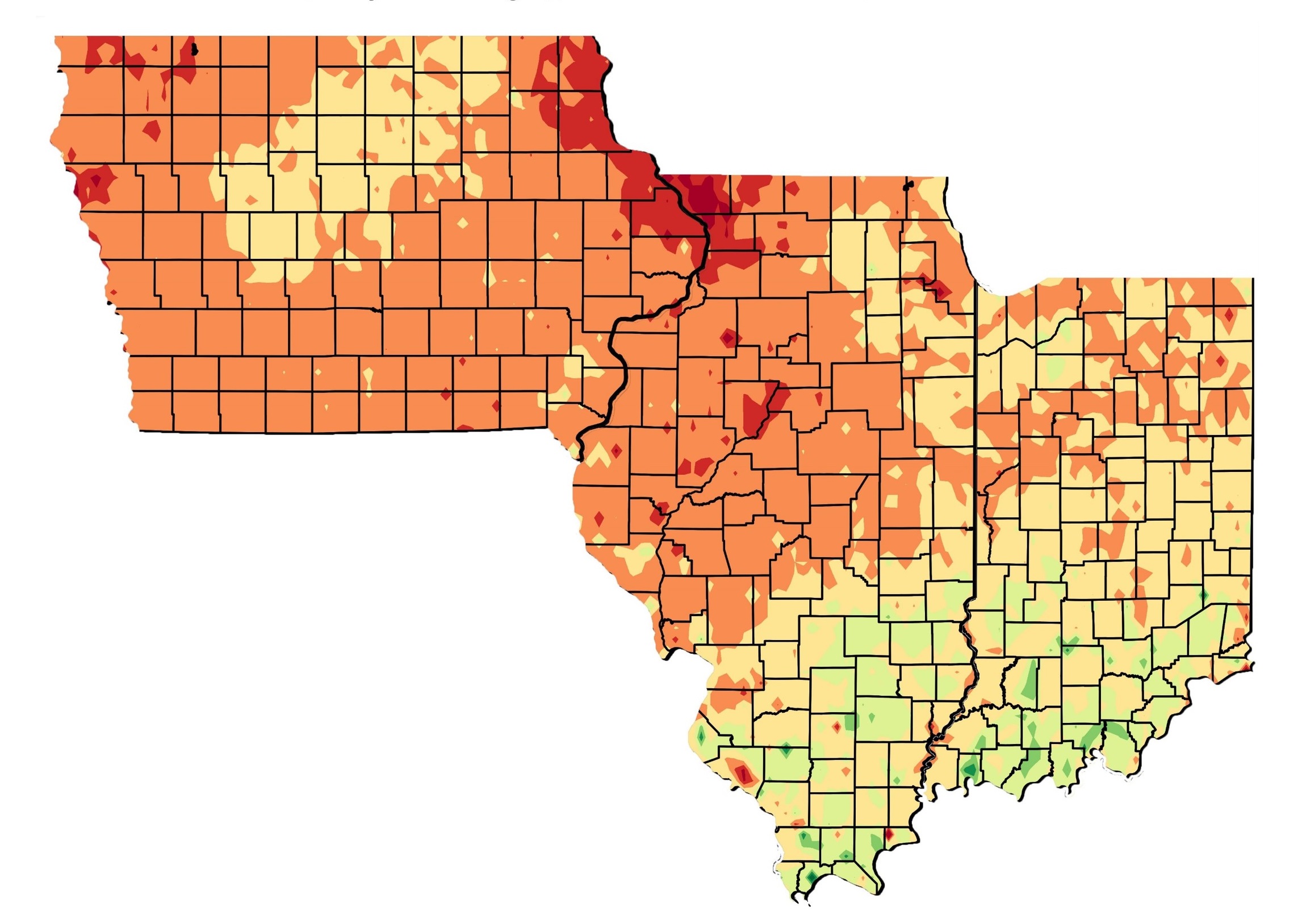
The Iowa State University Department of Agronomy is the first North American entity to join the Agricultural Production Systems sIMulator (APSIM) Initiative. The computer modeling tools predict crop production in light of climate, genotype, soil and management factors.
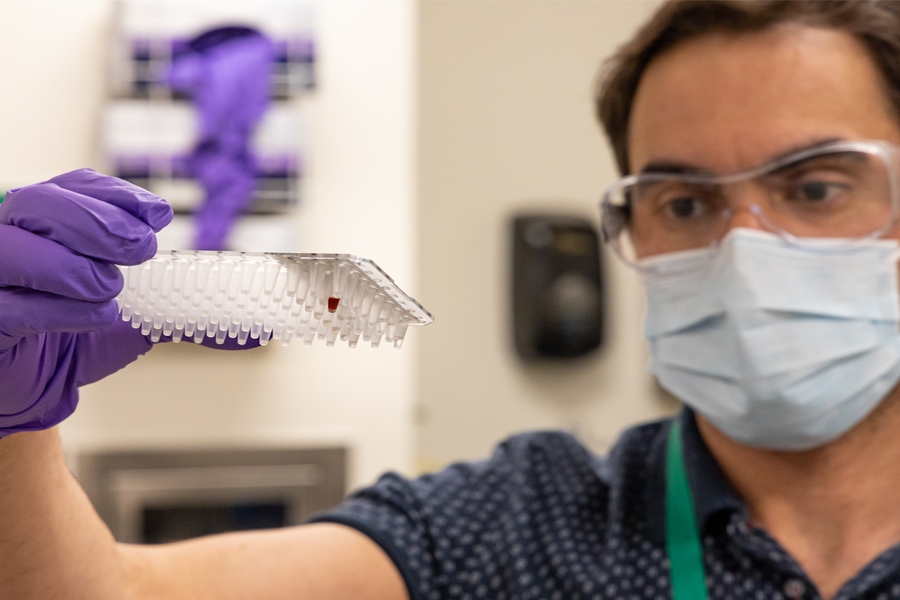
To focus its efforts against the COVID-19 pandemic, DOE is bringing the national laboratories together into the National Virtual Biotechnology Laboratory.

As casinos in Las Vegas enter the second month of reopening since the COVID-19 pandemic took hold, UNLV gaming researchers say they can draw upon insights from industry collaborators in Sweden, a country that took a more open approach to the crisis compared to other governments.

More than 70% of lung nodules that need to be biopsied (analyzed to see if they are cancer) reside far out in the periphery of the lung, making them very difficult to biopsy using conventional bronchoscopy (a tube with a camera on its tip inserted through a patient’s mouth into the lungs). The Ion system combines computed tomography (CT) data and robotic-assisted surgical technology to facilitate and expedite access to these nodules. The entire procedure is performed through bronchoscopy, without the need for any external surgical incisions.
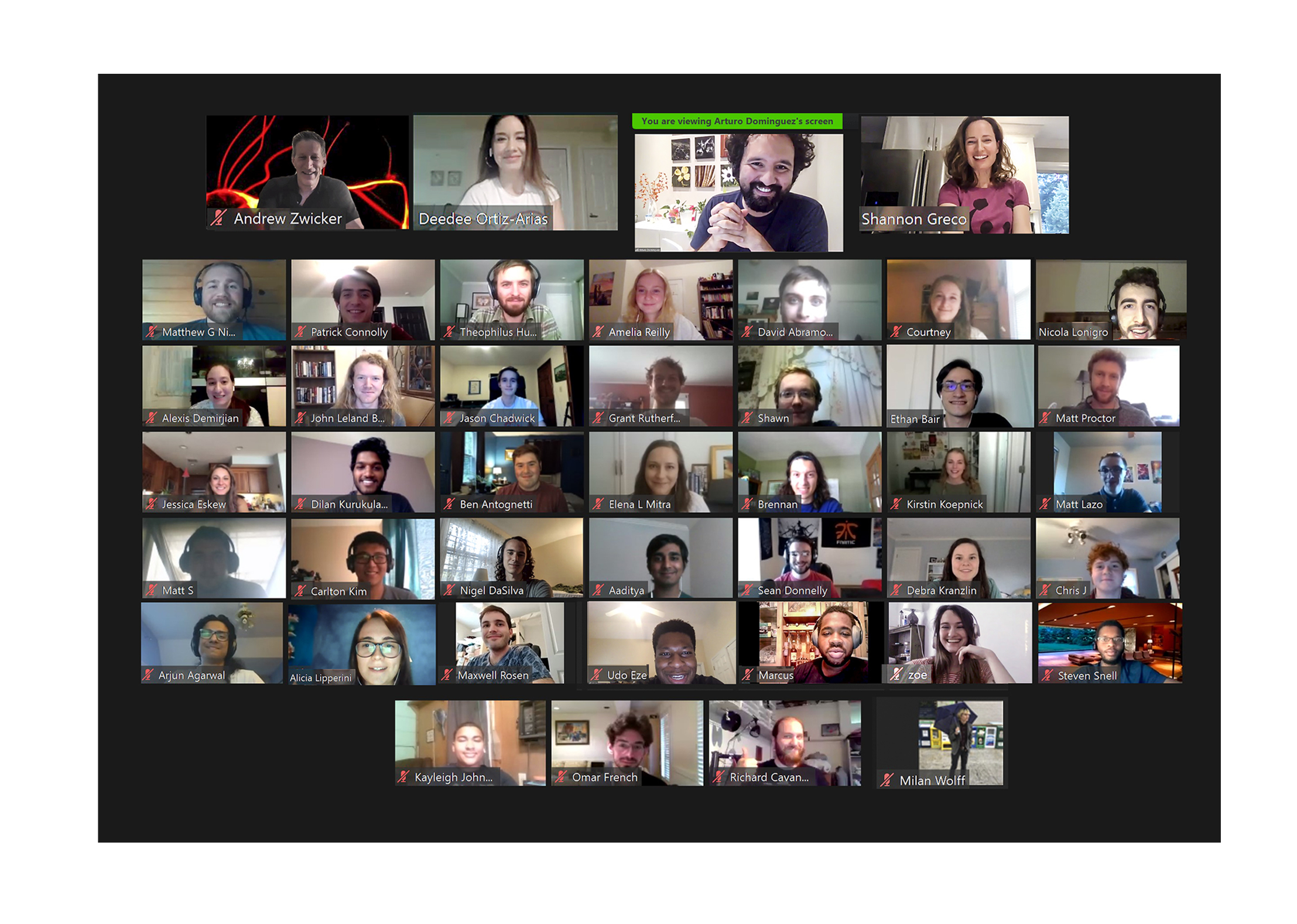
The Princeton Plasma Physics Laboratory’s internship program this summer has gone virtual with 47 interns working on research projects from home.
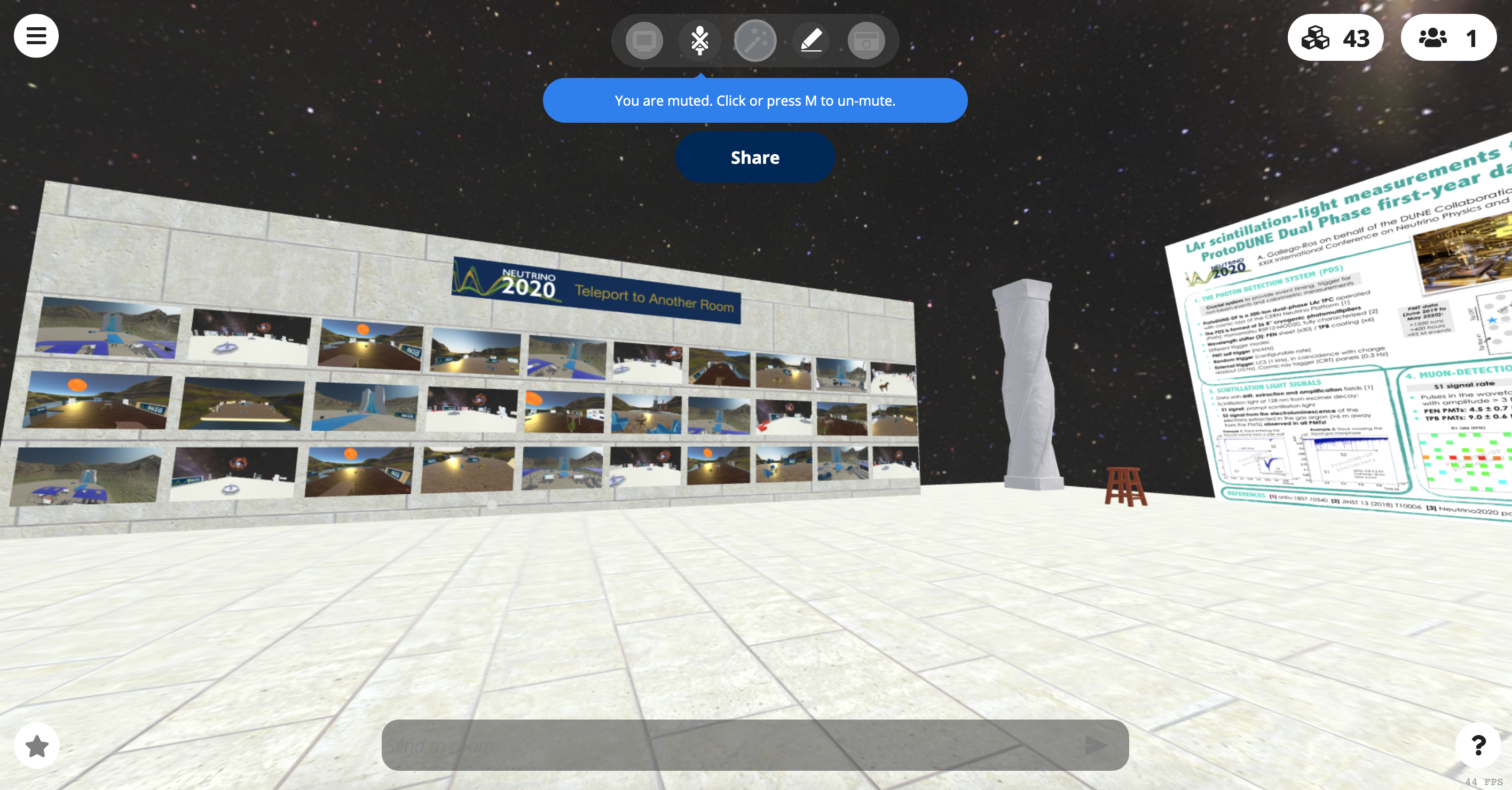
A dash of virtual reality helps replicate the serendipitous interactions of an in-person conference when participants are scattered across the globe.
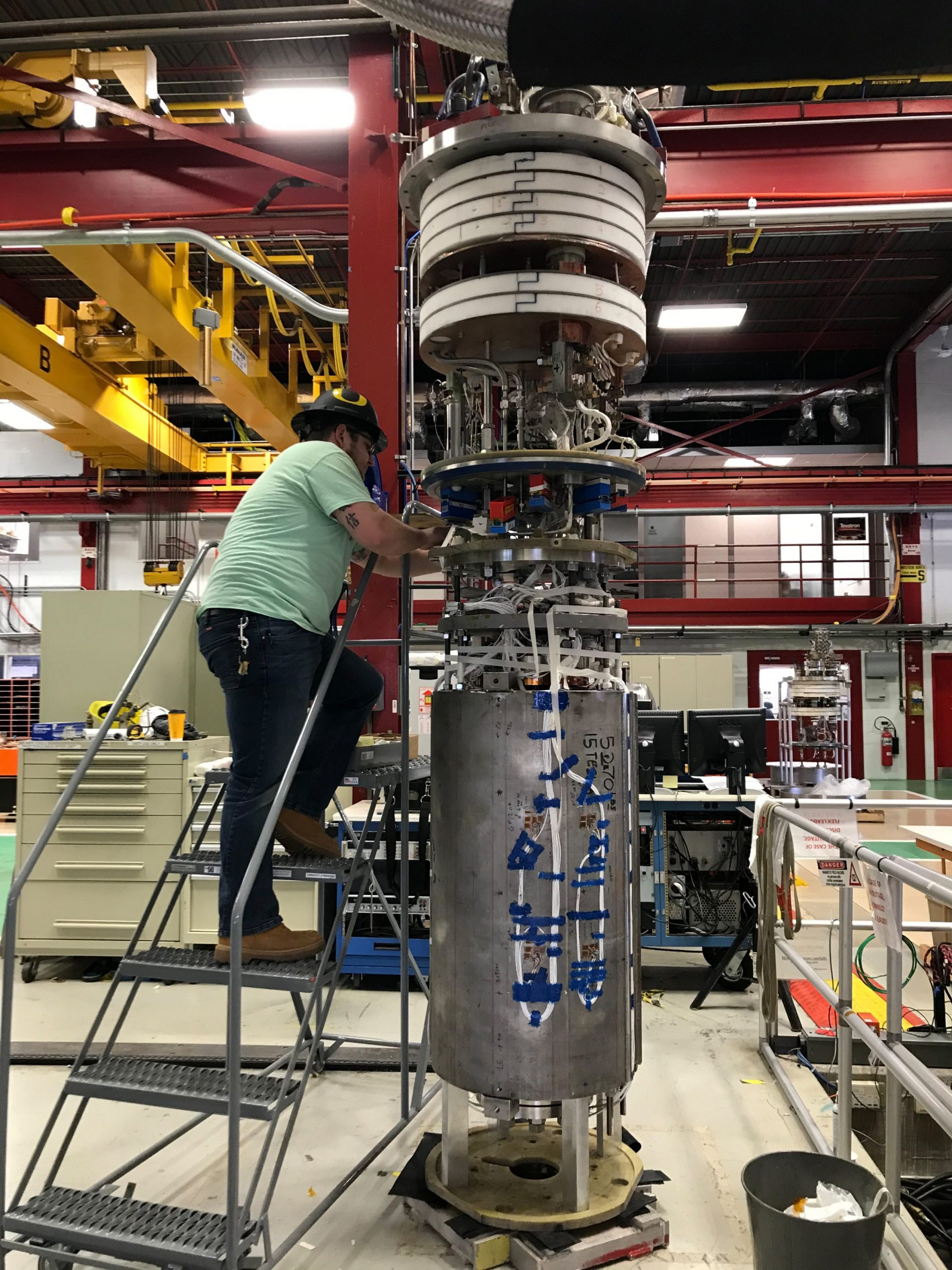
Fermilab scientists have broken their own world record for an accelerator magnet. In June, their demonstrator steering dipole magnet achieved a 14.5-tesla field, surpassing the field strength of their 14.1-tesla magnet, which set a record in 2019. This magnet test shows that scientists and engineers can meet the demanding requirements for the future particle collider under discussion in the particle physics community.

While many expecting and new mothers experience emotions of joy and happiness, others suffer from a range of mental health conditions like depression, anxiety and obsessive-compulsive disorder. But a new Cedars-Sinai program is dedicated to helping women fight the stigma often associated with maternal-related mental health disorders before, during and after pregnancy.
Ambassador Frank G. Wisner, international affairs advisor at the law firm Squire Patton Boggs, sits down with James M. Lindsay to discuss the role diplomacy plays in confronting some of the challenges facing the United States today. Wisner formerly served as U.S. ambassador to India, Egypt, the Philippines, and Zambia.
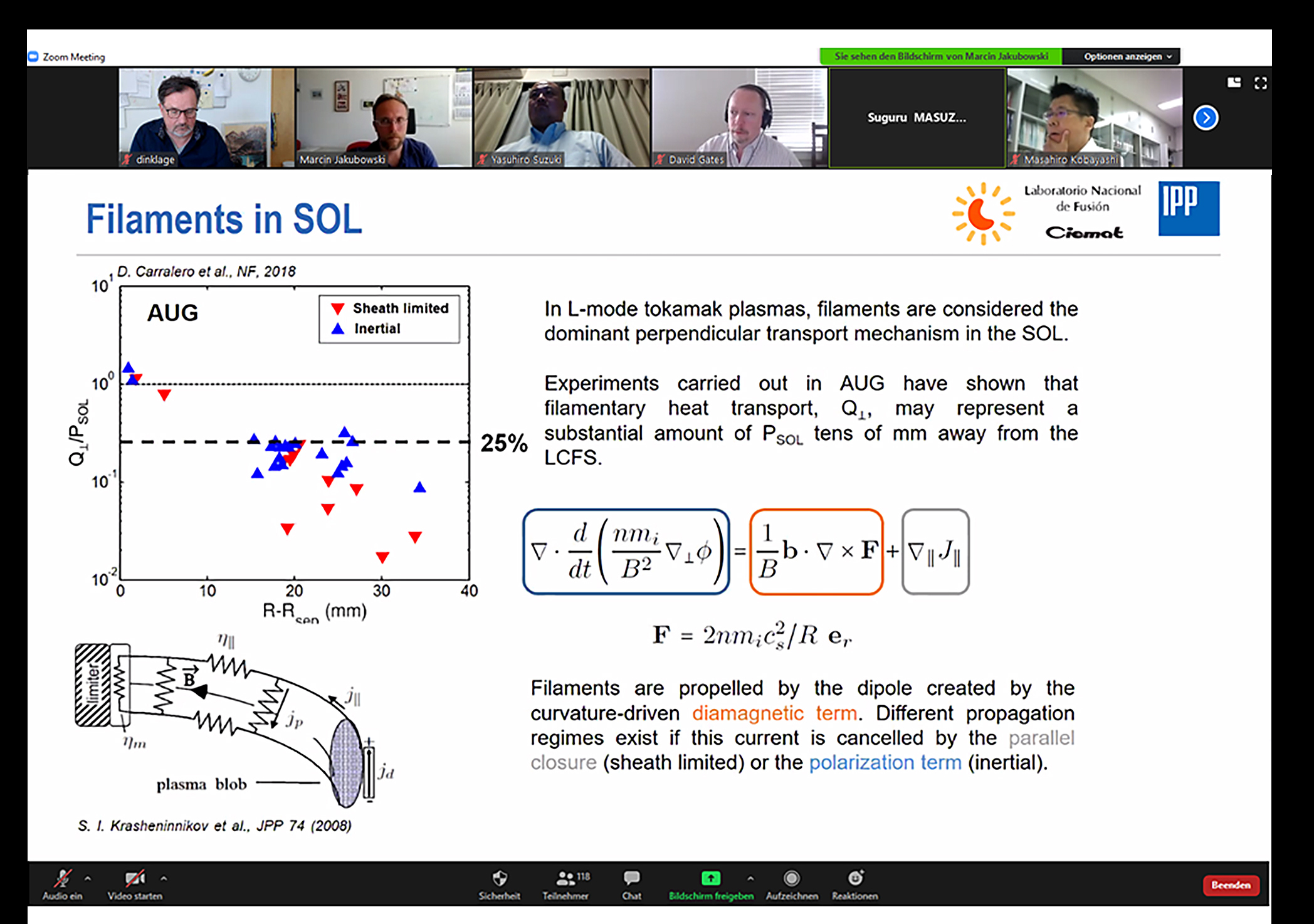
Article describes weekly virtual stellarator conferences held in lieu of annual face-to-face meeting because of COVID-19 travel restrictions.

University Hospitals Cleveland Medical Center physicians completed evaluation for the GE Healthcare Critical Care Suite, and the technology is now in daily clinical practice – flagging between seven to 15 collapsed lungs per day within the hospital. No one on the team could have predicted the onset of the COVID-19 pandemic, but this technology and future research with GEHC may enhance the capability to improve care for COVID-19 patients in the ICU. Critical Care Suite is now assisting in COVID and non-COVID patient care as the AMX 240 travels to intensive care units within the hospital.

A first step for families who want to be an ally in the fight to end racism is to diversify their at-home libraries with books that feature people of color and their stories. A UNLV librarian and pre-Kindergarten teacher share tips and resources on how to do so.
A research team is the first in Texas to investigate whether plasma from COVID-19 survivors can be used in outpatient settings to prevent the onset and progression of the virus in two new clinical trials at UTHealth.
President Trump’s decision to withdraw the US and its financial support from the World Health Organization is grossly irresponsible at any time but particularly so during a pandemic.
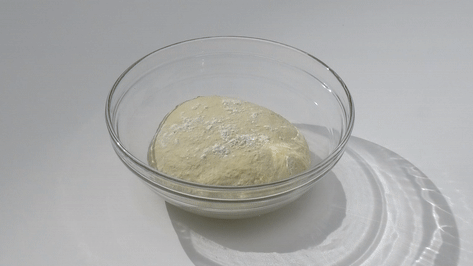
What IS baker’s yeast? What does yeast do in nature? And why do scientists use it so much in the lab? University at Buffalo biologists chat about these questions.

We see and hear new COVID-19 news almost every minute of the day. But separating facts from fiction can get challenging, especially when it comes to masks. We bust some common mask myths with two Penn State Health experts.

A new portal is increasing access to surface and groundwater water quality data from shale gas regions around the state to inform stakeholders about trends in water quality.
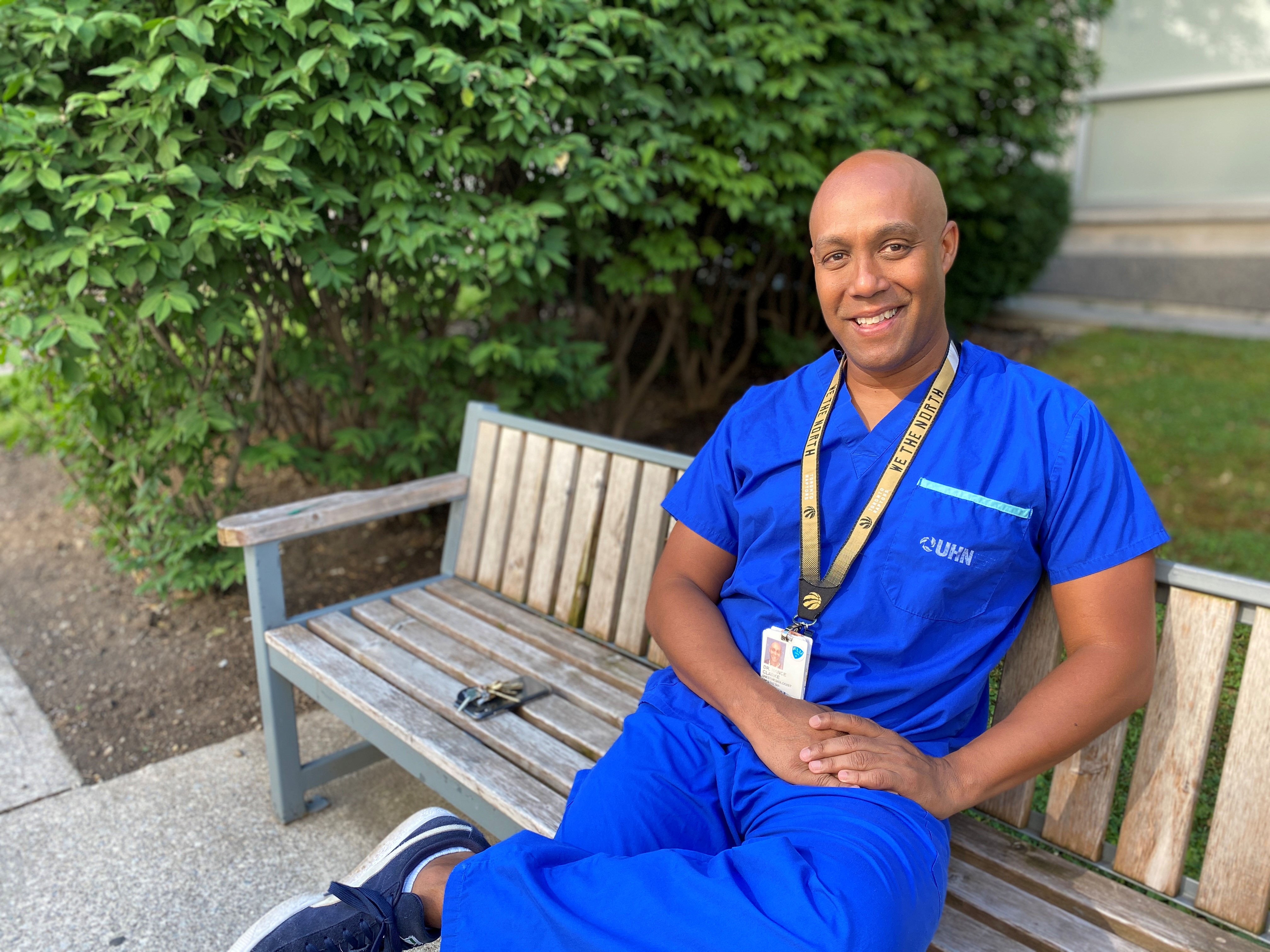
Medical cannabis is finally being put under the microscope, in a first-of-its-kind real world evidence study led by Dr. Hance Clarke, Toronto General Hospital. In the Medical Cannabis Real-World Evidence trial patients using the online portal created by Medical Cannabis by Shoppers, will know exactly what is in their product and its effectiveness.
The Technology & Social Change Group at the University of Washington Information School has released the Development and Access to Information Dashboards, a data visualization platform that tracks the progress of countries and regions on key indicators related to three dimensions of meaningful access to information: Connectivity, Freedom and Gender Equity.
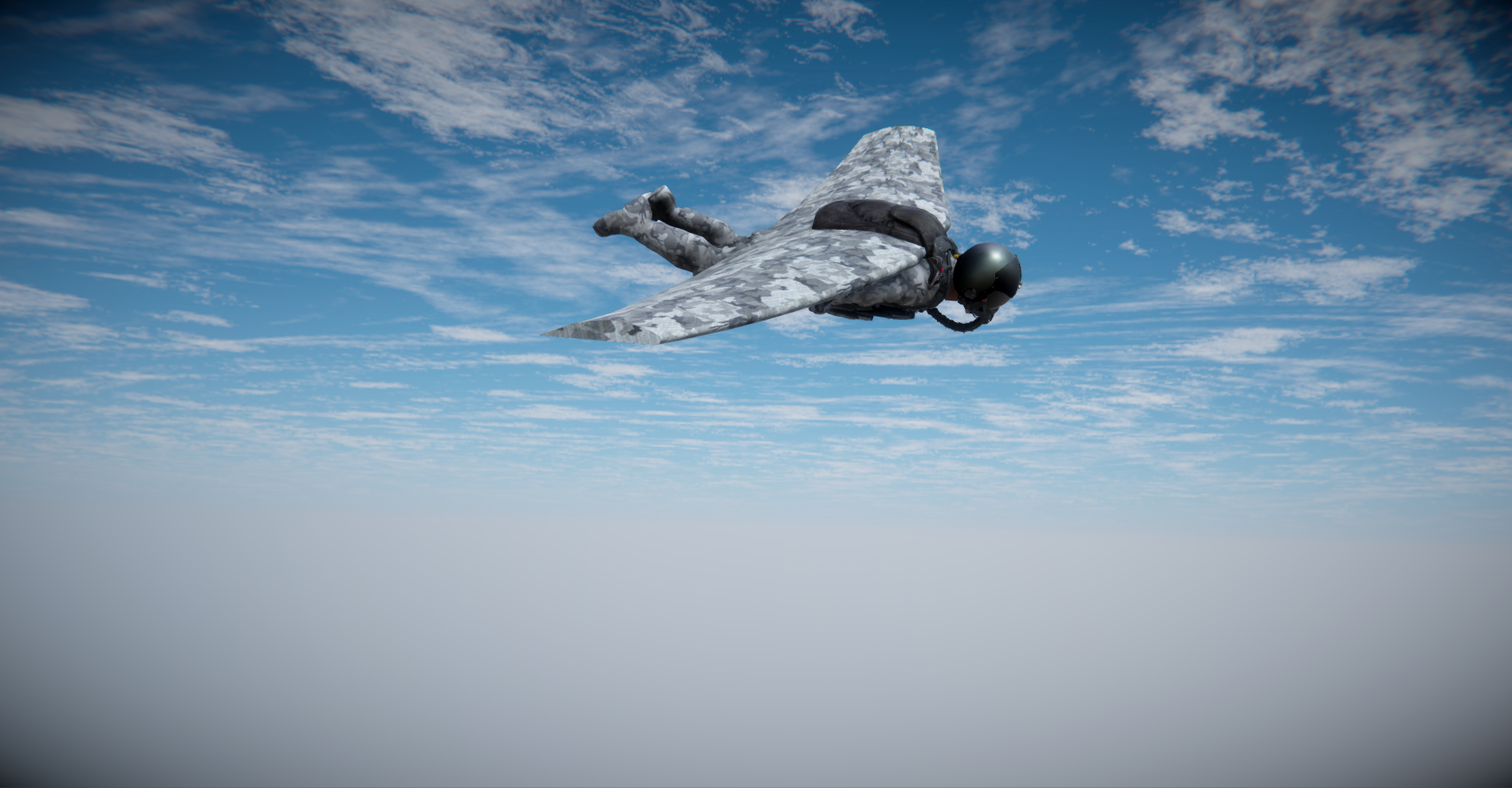
Navatek LLC, a contractor focused on technology research for U.S. government agencies such as the Department of Defense and NASA, is opening an office on the Wichita State University campus in fall 2020.
The Detroit Institute of Ophthalmology, the research arm of the Henry Ford Health System Department of Ophthalmology, is accepting abstracts for The Eye, The Brain & The Auto 9th World Research Congress on Health and Modern Mobility: Autonomous Vehicles, Driver’s Fitness to Function, and Naturalistic Driving Methods to be held Dec. 7-8, 2020. This will be a virtual event.

University of South Australia researchers are pioneering a new method to more accurately diagnose Parkinson’s disease, a neurodegenerative brain disorder which affects around 10 million people worldwide, resulting in a loss of control of body movements.
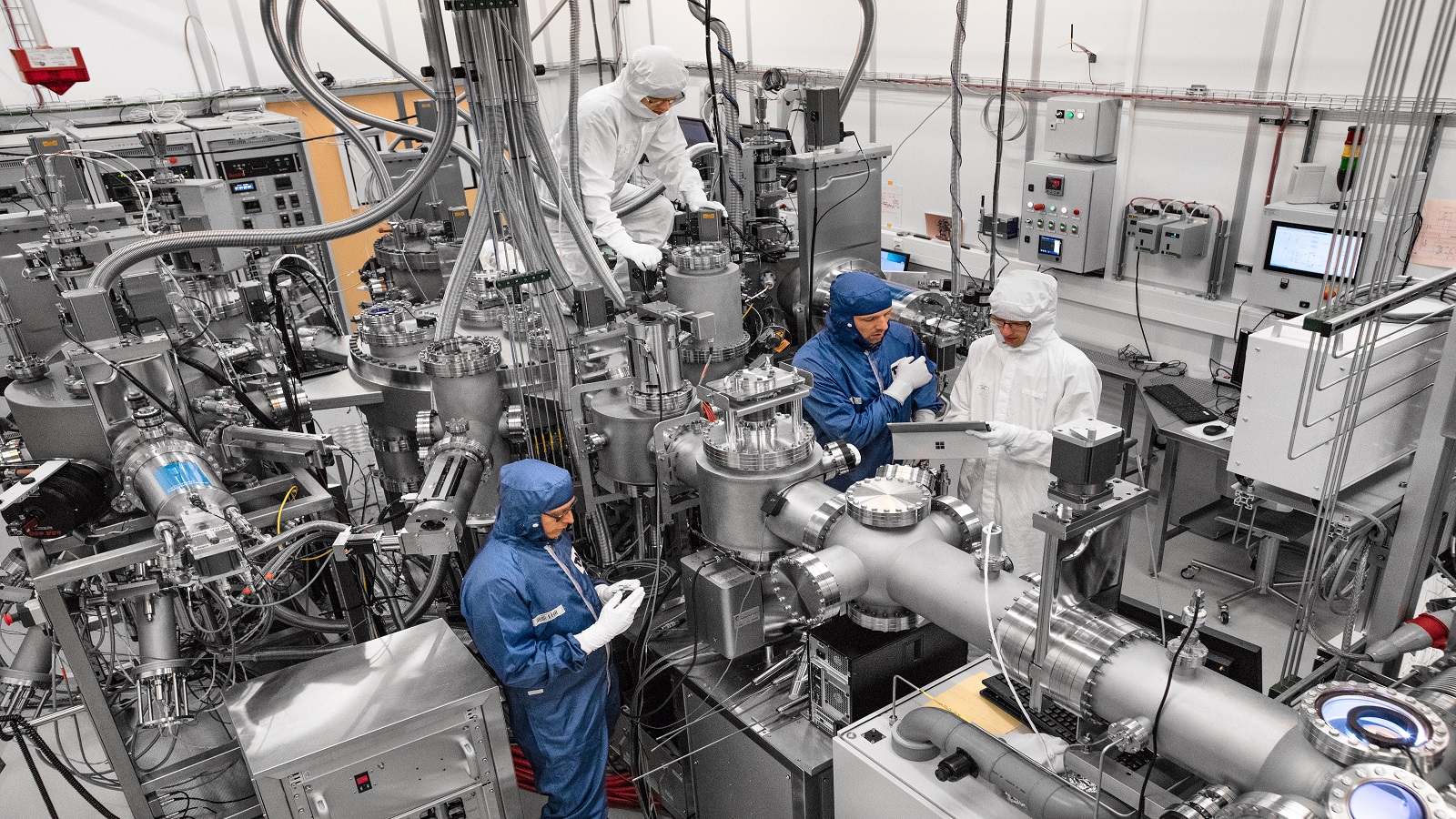
The Chicago-based research hub expands to include 13 total industry leaders in tech, computing, finance.
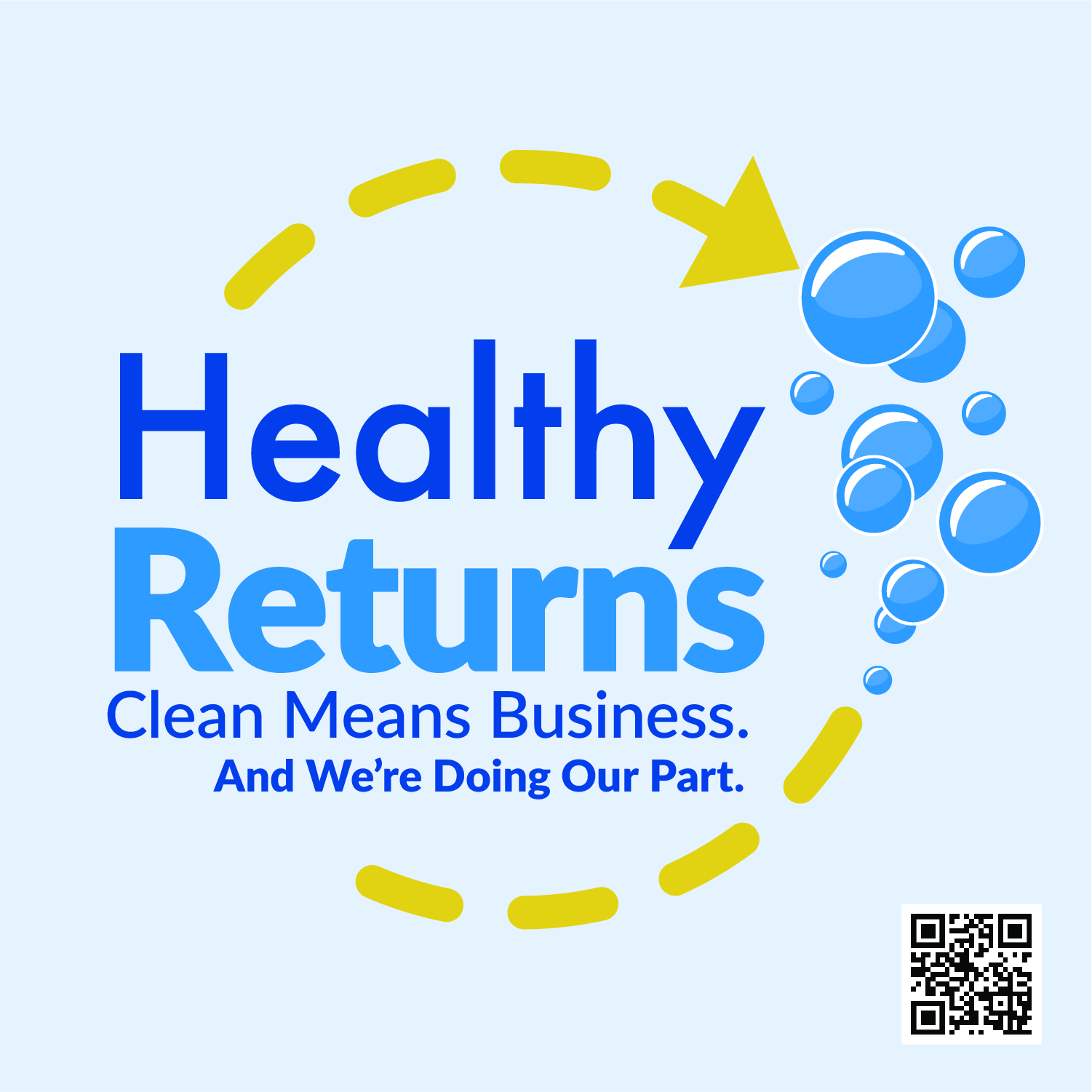
As communities across the nation begin the reopening process stemming from the coronavirus (COVID-19) pandemic, the American Cleaning Institute (ACI) announced the roll-out of Healthy Returns, a free online toolkit for small businesses and offices containing concise, easy to understand reminders on hygiene, cleaning and disinfecting that are crucial to keeping the workplace healthy and safe.
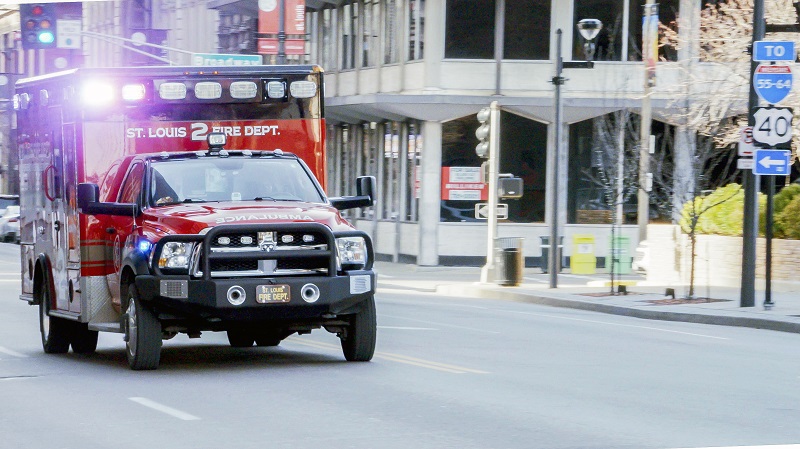
St. Louis was selected as the site for the first SCIRA exercise. The pilot program brought together first responders, city managers and other stakeholders, and through a series of realistic disaster scenarios, demonstrated how smart city technology can transform municipal emergency response.
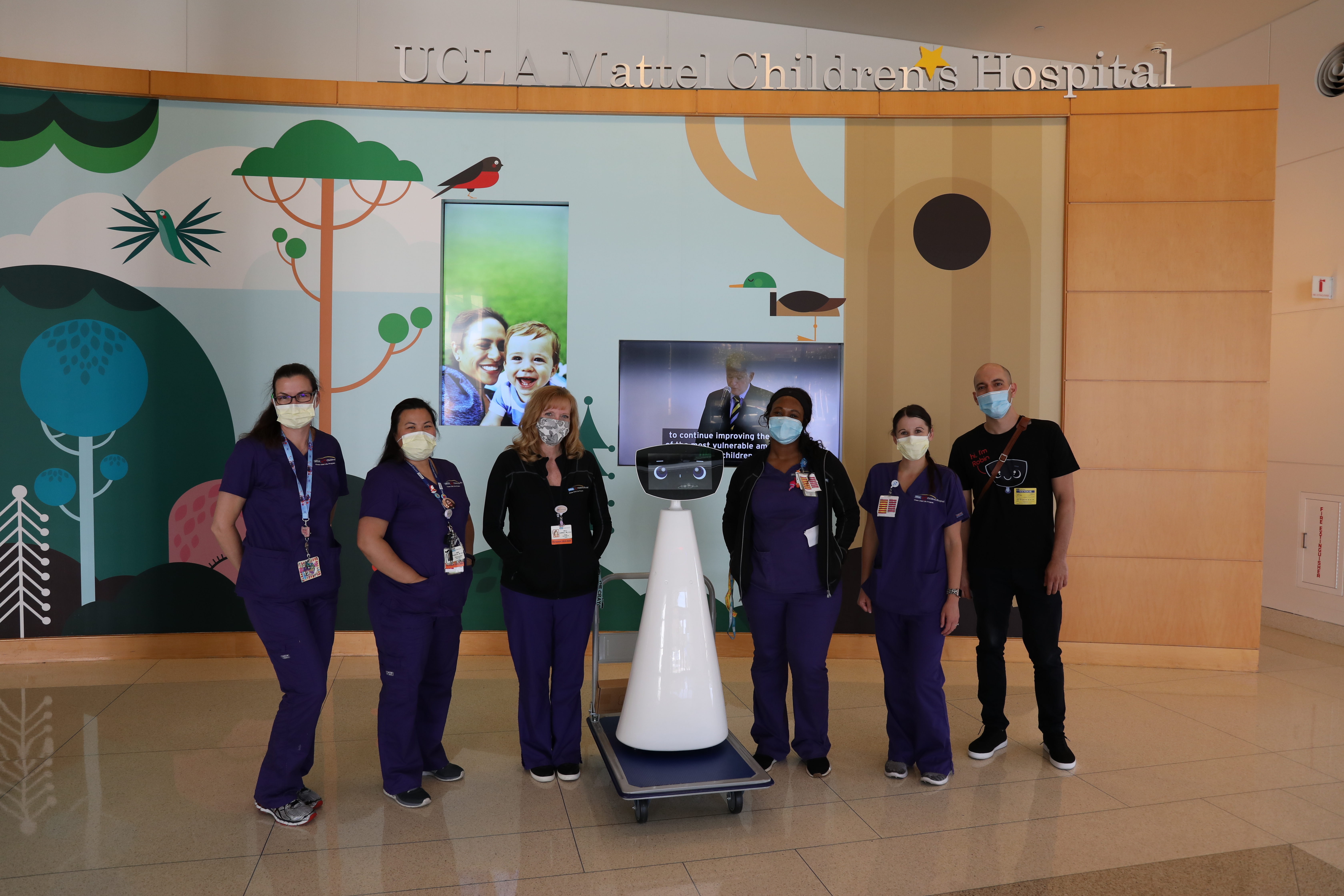
In response to the COVID-19 pandemic, UCLA Mattel Children’s Hospital launched an innovative project to support the emotional needs of children through a new AI powered robot. Robin’s technology enables the robot to build what is called associative memory — it recognizes a child’s emotions by interpreting his or her facial expressions and builds responsive dialogue by replicating patterns formed from previous experiences.